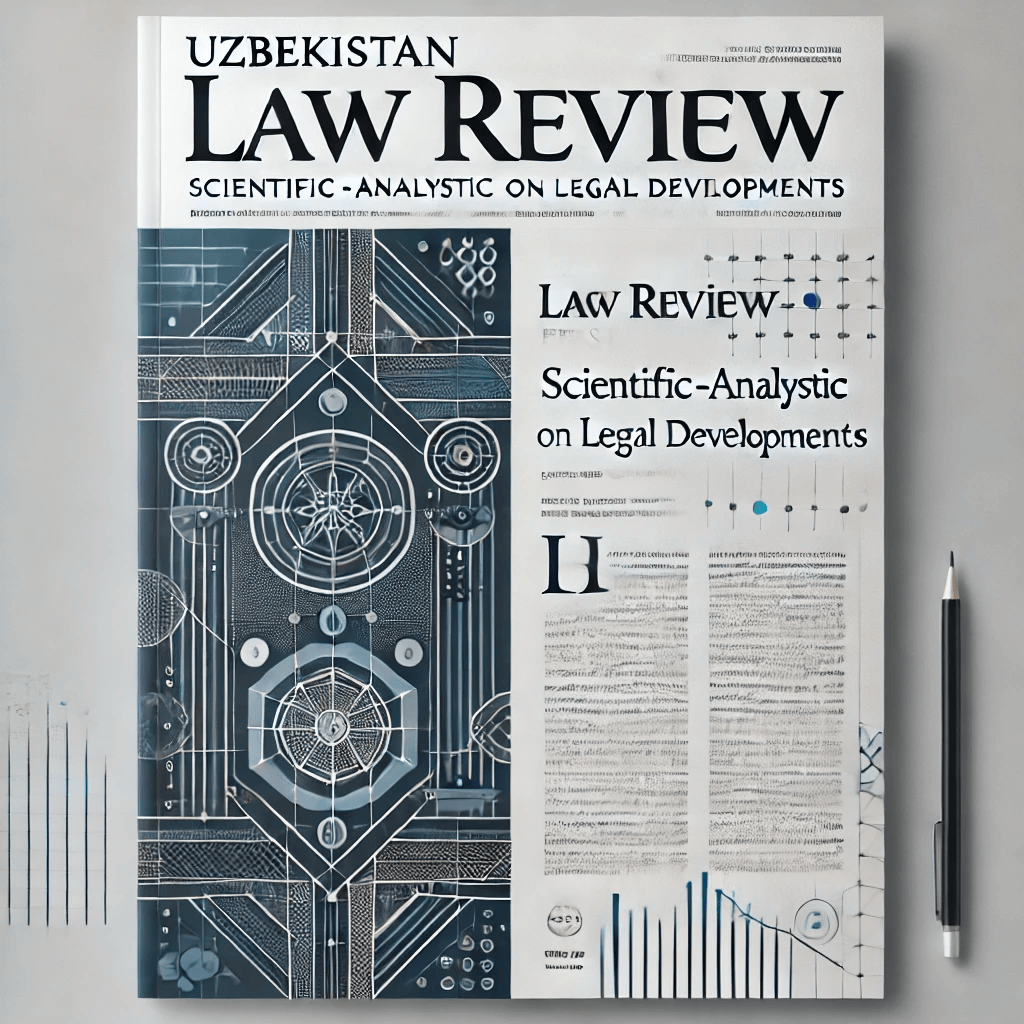QUANTUM COMPUTING AND ITS IMPACT ON CYBERSECURITY: REDEFINING LEGAL FRAMEWORKS FOR A POST-QUANTUM ERA
Keywords:
Quantum computing, cybersecurity, cryptography, post-quantum cryptography, Shor's algorithm, legal frameworks, quantum threat, digital infrastructure, cybersecurity law, quantum-resistant encryptionAbstract
Quantum computing represents a transformative leap in computational capabilities, leveraging quantum mechanics to address complex problems far beyond the scope of classical computing. While this innovation promises breakthroughs in fields such as artificial intelligence and materials science, it simultaneously poses significant challenges to cybersecurity. Quantum algorithms, such as Shor’s, threaten to render classical cryptographic methods obsolete, exposing critical vulnerabilities in global digital infrastructure. This paper explores the implications of quantum computing for current cryptographic systems, highlights advancements in post-quantum cryptography (PQC), and underscores the urgent need for updated legal frameworks to address emerging threats. Employing a qualitative methodology, the study integrates technological analysis with legal evaluations to propose actionable solutions for a secure transition to a post-quantum era. The findings emphasize the necessity of international collaboration, adaptive legal standards, and widespread adoption of PQC to mitigate the dual-use risks of quantum technologies and safeguard digital trust.
Downloads
References
1. Preskill, J. (2018). Quantum computing in the NISQ era and beyond. Quantum, 2, 79. https://doi.org/10.22331/q-2018-08-06-79
2. Arute, F., Arya, K., Babbush, R., Bacon, D., Bardin, J. C., Barends, R., … & Martinis, J. M. (2019). Quantum supremacy using a programmable superconducting pro-cessor. Nature, 574(7779), 505–510. https://doi.org/10.1038/s41586-019-1666-5
3. Shor, P. W. (1997). Polynomial-time algorithms for prime factorization and discrete logarithms on a quantum computer. SIAM Journal on Computing, 26(5), 1484–1509. https://doi.org/10.1137/S0097539795293172
4. European Parliament. (2016). Regulation (EU) 2016/679 of the European Parliament and of the Council (General Data Protection Regulation). Official Journal of the European Union, L119, 1–88.
5. Chen, L., Jordan, S., Liu, Y. K., Moody, D., Peralta, R., Perlner, R., & Smith-Tone, D. (2016). Report on Post-Quantum Cryptography. National Institute of Standards and Technology. https://doi.org/10.6028/NIST.IR.8105
6. National Institute of Standards and Technology (NIST). (2023). Post-Quantum Cryptography Standardiza-tion. Retrieved from https://csrc.nist.gov/projects/post-quantum-cryptography
7. National Security Agency (NSA). (2016). NSA’s Cy-bersecurity Perspective on Post-Quantum Cryptography. Retrieved from https://www.nsa.gov
8. Mosca, M. (2018). Cybersecurity in an era with quantum computers: Will we be ready? IEEE Security & Privacy, 16(5), 38–41. https://doi.org/10.1109/MSP.2018.3761723
9. Vogelsang, K., Kainz, M., & Hofmann, M. (2021). Challenges of quantum-resistant cryptography in large-scale networks. Journal of Cybersecurity, 7(1), tyab007. https://doi.org/10.1093/cybsec/tyab007







